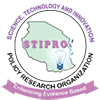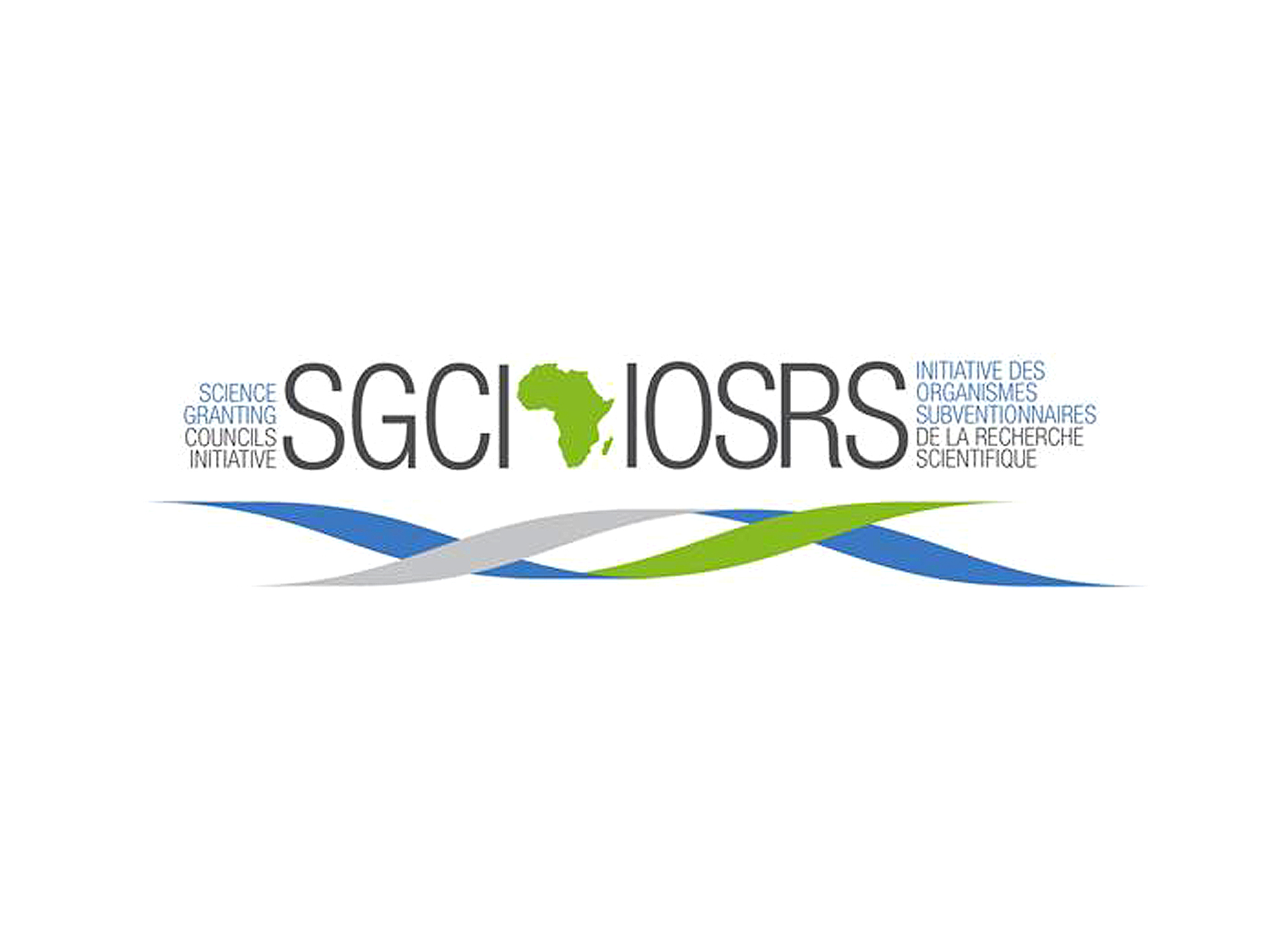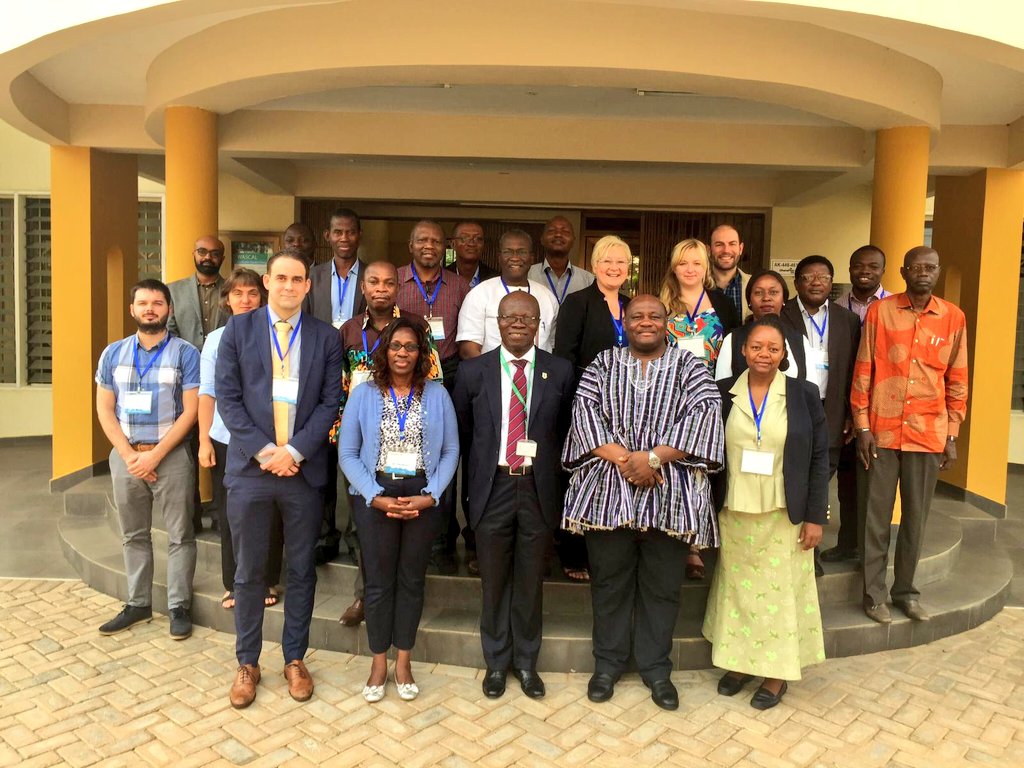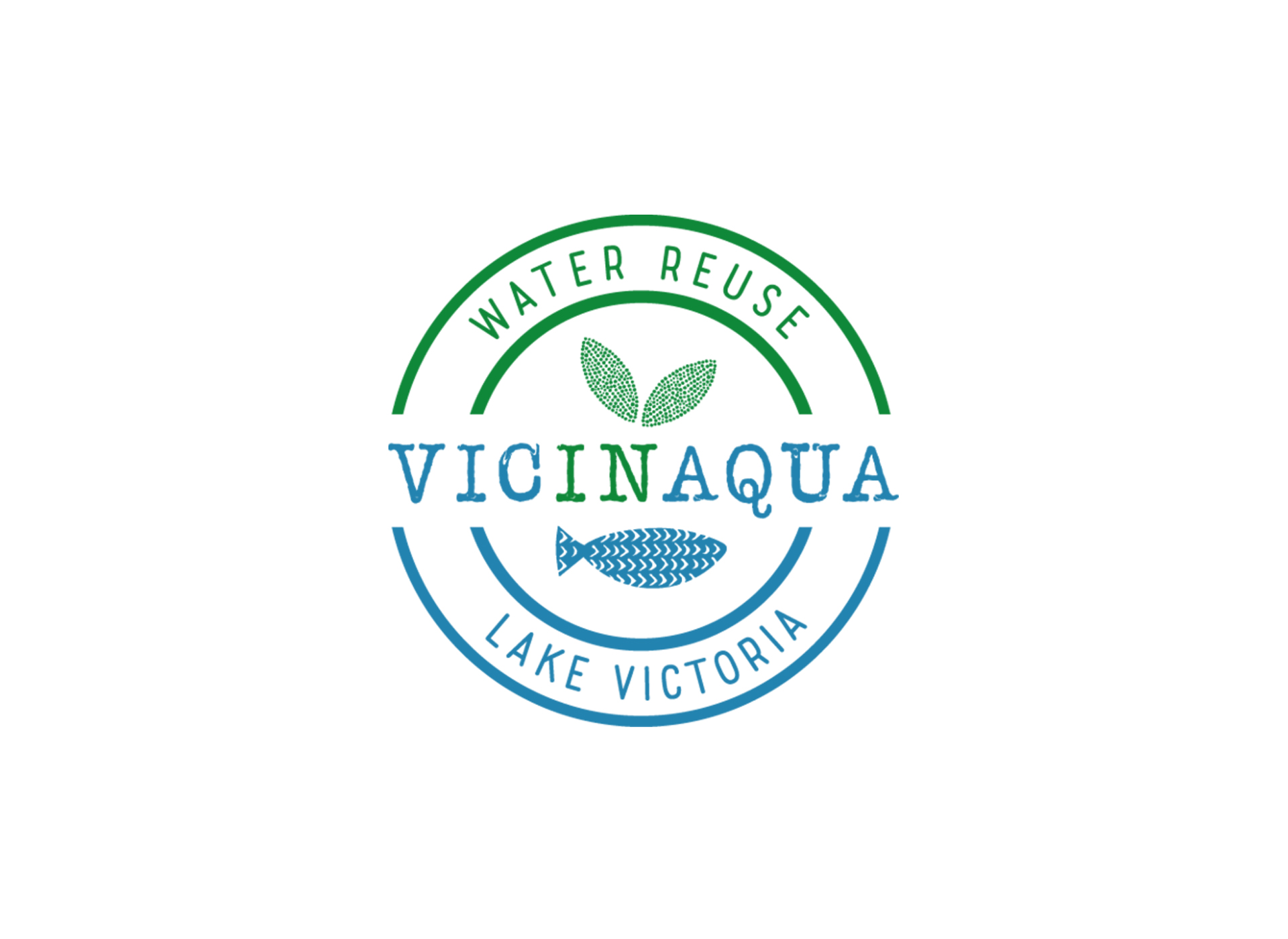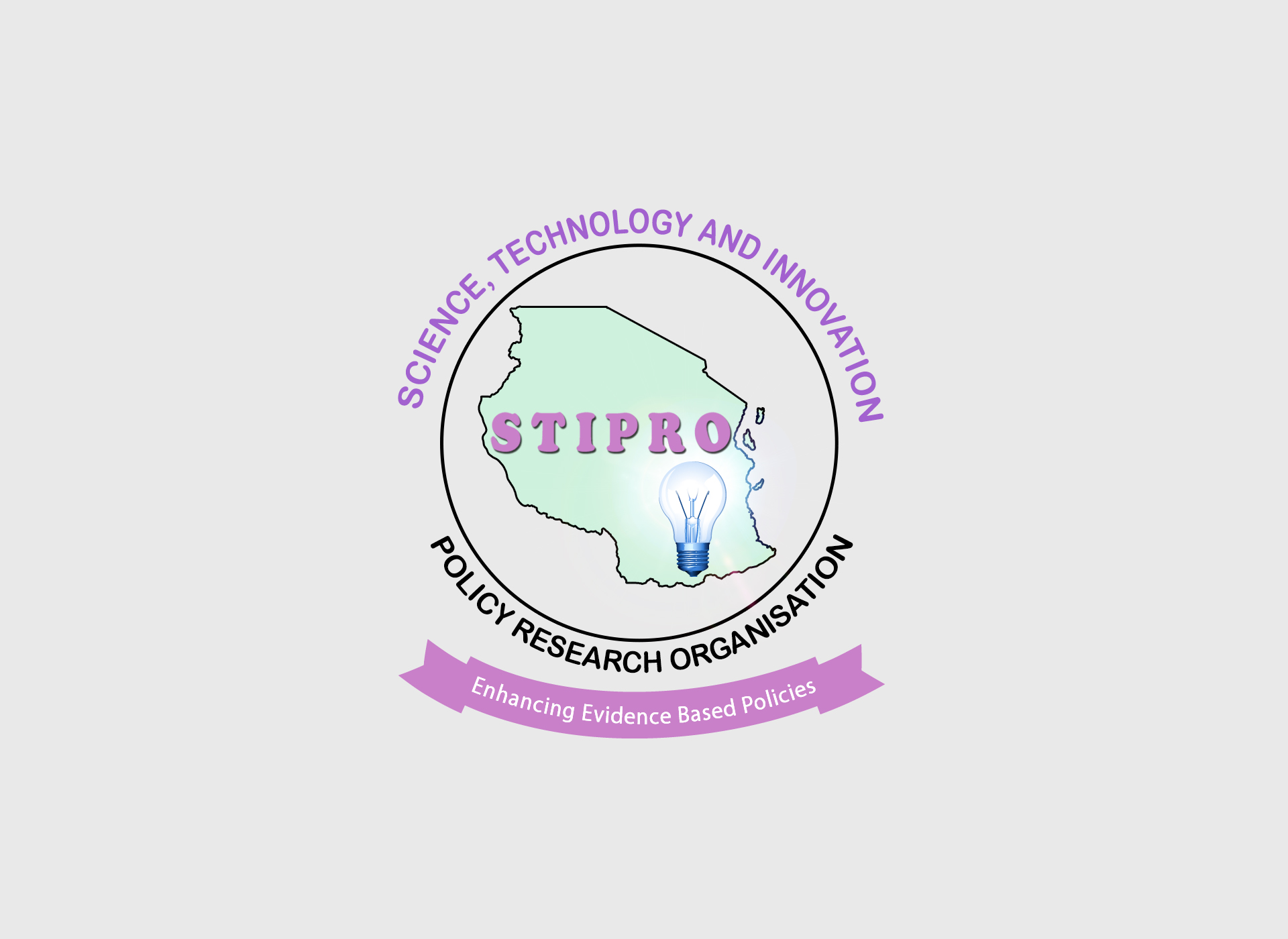-
Science Granting Councils Initiative (SGCI): Theme 3
The SGCI is a multi-funder initiative that aims to strengthen the capacities of 15 science granting councils in Sub-Saharan Africa in order to support research and evidence-based policies that will contribute to economic and social development. The SGCI contributes to strengthening the ability of science granting councils to: Manage research; Design and monitor research programmes based on the use of robust science, technology and innovation (STI) indicators; Support knowledge exchange with the private sector; and Establish partnerships between Science Granting Councils and other science system actors. Theme 3 of the Initiative is about ‘Partnerships and Private Sector Engagements’. The activities of this theme focus on supporting councils to establish partnerships with other Councils and to foster public-private linkages in research for accelerated socio-economic development. The objectives are: To conduct baseline studies, identify research priorities and support research projects To support commissioned studies To strengthen capacity of SGCs in coordination, regulation and quality assurance To strengthen capacity of SGCs in designing cooperation agreements To support knowledge exchange and learning STIPRO is a member of the ACTS Consortium, which is the collaborating technical agency (CTA) for Theme 3. For more info, please visit: https://sgciafrica.org/en-za/about-sgci/Pages/Partnerships-and-private-sector-engagement.aspx
Continue reading -
Student Industrial Secondments in East Africa: Improving Employability in Engineering
This project is part of the initiative of ‘Strengthening Engineering Ecosystems in sub-Saharan Africa’ (SEESA), comprising a number of projects across Africa, and supported mainly by IDRC, Canada. Our project – lead by STIPRO, with partners in East Africa – focuses on surveying and promoting student industrial secondment (SIS) programs in East African Universities. While there is a relative shortage of engineers in East Africa, there is also plenty of graduate engineers who do not land employment in their fields. It is also common that foreign agencies involved in engineering-related activities in the region (as private companies, NGOs or international agencies) resolve to hiring expatriate engineers before hiring a satisfying quota of local engineers, citing reasons of little competency and knowledge of industry’s standards among local engineers (particularly young and early-career ones). To address this competency gap, SIS programs have a positive reputation for preparing college engineering students for employment after graduation. They are often temporary placements of senior college students in relevant industries where they receive direct on-the-job training, with actual work responsibilities. Besides honing their learning by getting to put what they learned in class into practice, SIS placements allow students to gain tacit knowledge and an appreciation for…
Continue reading -
Integrated aquaculture based on sustainable water recirculating system for the Victoria Lake Basin (VicInAqua)
VicInAqua is a medium-scale focused research project that has received funding from the European Union’s Horizon 2020 research and innovation programme under grant agreement No 689427. On this project 11 partners from 7 European and African countries aims at developing an integrated approach for water management by providing an integral, sustainable, innovative, cost effective and robust solution for water sanitation combined with the demand for clean water in aquaculture and irrigation in the Lake Victoria basin. VicInAqua develops innovative multipurpose self-cleaning water filtration solutions adapted for sanitation of different wastewater streams, which will be reused in Recirculation Aquaculture Systems (RAS) and Agriculture Irrigation. The technological development and demonstration at pilot scale at Kisumu- Kenya is combined with participative measures like roundtable sessions, study visits and info sessions aimed at capacity building of local and regional actors. A special focus is set on the robustness, energy efficiency and economic viability of the VicInAqua solutions in order to be adapted to the local challenges and to achieve a high acceptance in peri-urban areas, where the sanitation infrastructures are poor and the demand for water high. For more on this project visit the project website at www.vicinaqua.eu On social media join us on Linkedin: VicInAqua Project Facebook:…
Continue reading -
An Evaluation Report from the 8 Cluster Initiatives
Tanzania’s eight cluster initiatives (CI) project was launched in January 2006. The SIDA-funded project is the first such project to have ever been embarked on in Tanzania, and therefore a trial project that was planned to run for 18 months. The mid-term evaluation for the project was done in July and August 2006.
Continue reading -
Tanzania Cluster Initiative Project Evaluation Report.
Tanzania’s eight cluster initiatives (CI) project was launched in January 2006. The SIDA-funded project is the first such project to have ever been embarked on in Tanzania, and therefore a trial project that was planned to run for 18 months. The mid term evaluation for the project was done in July and August 2006. This final evaluation builds on the previous evaluation, but also includes a brief overview of the mid-term evaluation as part of the background for each cluster initiative. Since the readers of this report might not had chance to read the mid-term report where the project was fully introduced and the framework for evaluation put in place, background information on the project is provided as well as the framework for evaluation. It is important to note that the framework used for the midterm evaluation consist of only those indicators considered necessary for the early stages of clustering, which in this report it is suggested that this be used during the baseline survey for selecting clusters to participate in the initiatives. The suggested table of indicators that should be used for evaluating clusters at different stages is given in Section six. The table, to a large extent,…
Continue reading
